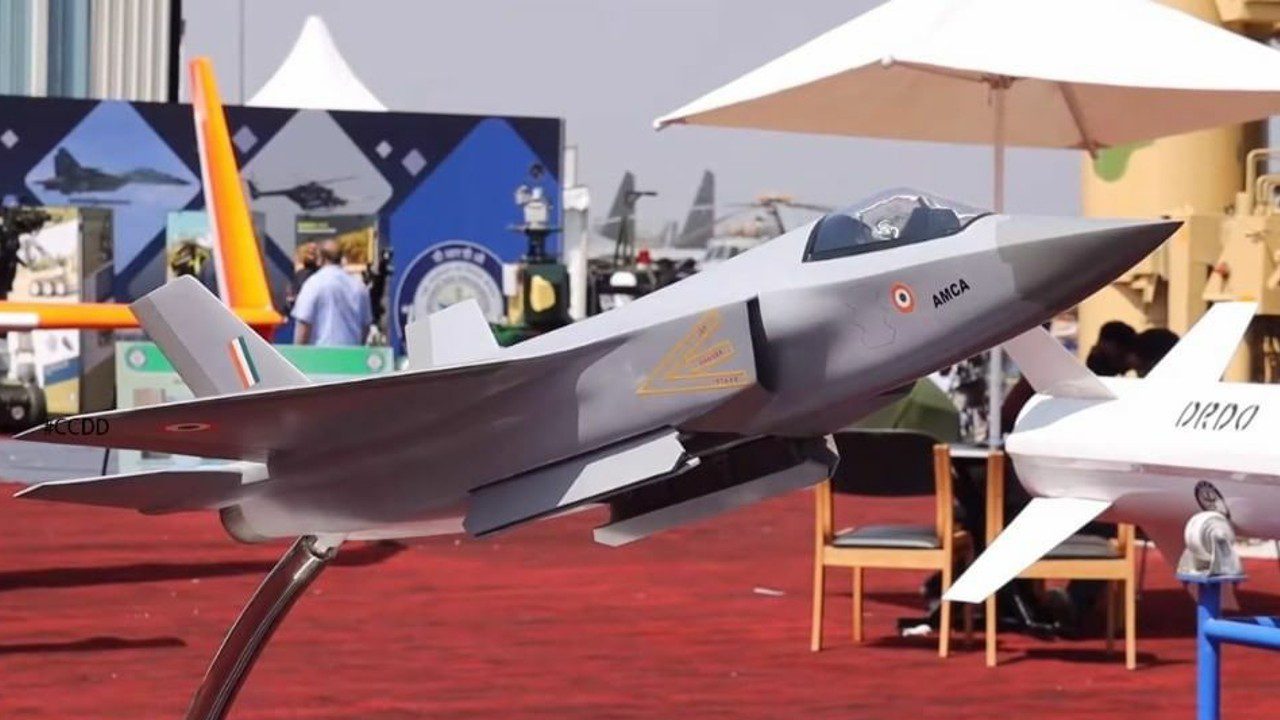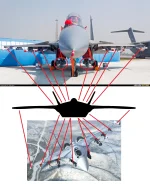Contributor
- Messages
- 835
- Reactions
- 63
- Points
- 1
Greetings, aviation and defence enthusiasts!
The Indian aerospace scene is buzzing with excitement as development of the Advanced Medium Combat Aircraft (AMCA) progresses. As a fifth-generation fighter, the AMCA is poised to be a game-changer, boasting cutting-edge stealth technology, advanced avionics, and impressive maneuverability.

The Indian aerospace scene is buzzing with excitement as development of the Advanced Medium Combat Aircraft (AMCA) progresses. As a fifth-generation fighter, the AMCA is poised to be a game-changer, boasting cutting-edge stealth technology, advanced avionics, and impressive maneuverability.
Why AMCA Matters
- Indigenous Innovation: This is a major step forward for India's self-reliance in defence technology.
- Military Capability: The AMCA promises to significantly boost the Indian Air Force's air superiority and strike capabilities.
- Economic Impact: The project involves collaboration with various public and private sector entities, stimulating growth in the aerospace industry.
Let's Dive Deeper
I'd love to hear your thoughts and insights on the following aspects:- Technical Specifications: What are the key features and capabilities we know so far? How does the AMCA compare to other fifth-generation fighters?
- Development Timeline: What's the latest on the project's progress? Are there any challenges or hurdles we should be aware of?
- Strategic Implications: How will the AMCA influence India's military strategy and its position in the region?
- Economic and Industrial Impact: How is the AMCA program contributing to the growth of India's aerospace sector? What opportunities does it present for businesses and professionals?



